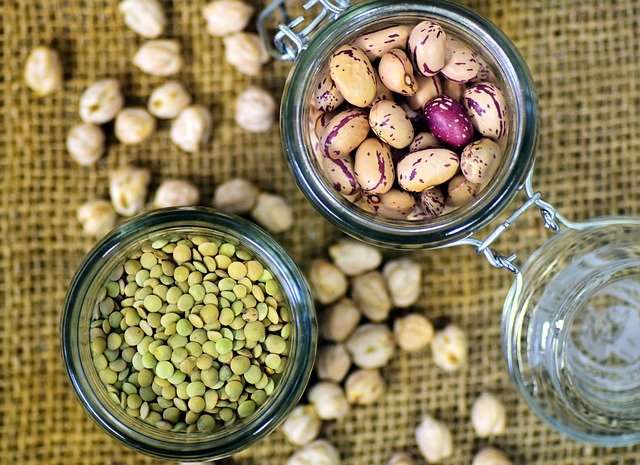When you start a weight loss program, eating protein rich foods can increase your success.
Most protein sources are relatively low in calories and make you feel full faster and longer. The most popular protein sources are beef, pork, poultry, fish, eggs, dairy products, beans & lentils and nuts. Combining these with non-starchy vegetables and seasonings can produce delicious meals that don’t pack on the pounds.




How to incorporate eating protein into your diet? Here are some examples:
Use lean ground beef to make chili with beans and use it to fill corn taco shells. Add a bit of cheese. Or ladle some of the chili over chopped butter lettuce.
Broil a chicken breast, then dice it, mix with canned tomatoes and green chiles or lime and use to make filling for low-carb tortillas. Add some veggies, like seasoned asparagus or green beans.
Omelets with various fillings like cheese, veggies and shrimp, are delicious.
A pork chop marinated in a combination of olive oil, fennel seeds, thyme and salt, then cooked in a well-seasoned cast iron pan makes a great dinner, combined with a leafy green vegetable or sweet potato.
Maybe you’ve noticed that none of these examples include rice, bread, potatoes or pasta. There’s a good reason for this. These high glycemic index foods, which also include sweets and some fruits, result in weight gain, even when eaten in limited amounts.

All carbs are digested into a sugar called glucose. No matter if it is organic, natural, processed, whatever – It is the nature of carbs to do this. Some carbs are digested into glucose very quickly, starting in your mouth. Others take much longer, often because they have a lot of fiber and other poorly digestible components.
When the glucose empties out of your stomach, it causes the release of insulin. Insulin helps to push the glucose into our cell to feed them. A sudden large amount of glucose leaving the stomach from sugary or starchy foods causes a huge insulin release which causes the glucose to be deposited as fat.

Protein and other low glycemic index foods (under 50) don’t do this. They create small insulin responses, just enough to supply the cells with their food and not to deposit fat.
Try Googling some foods: “Hey Google, what is the glycemic index of tomatoes?” “Hey Google, what is the glycemic index of French fries?”

